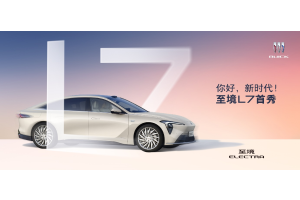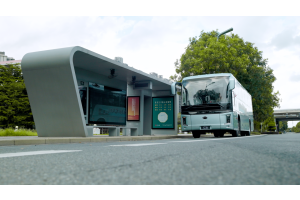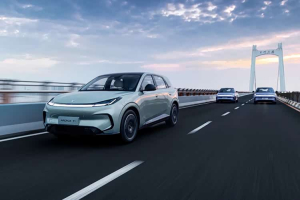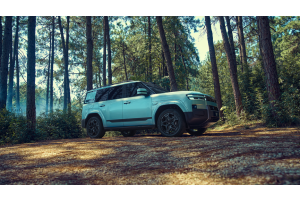Technological Breakthroughs, AI Integration, and Beidou Empowerment: The Future of China's Electric Vehicle Industry

China's New Energy Vehicle Market Reaches New Heights: Key Takeaways from the 2025 China Electric Vehicle 100 Forum
The 2025 China Electric Vehicle 100 Forum, a pivotal event in the global new energy vehicle (NEV) sector, concluded on March 30, 2025. Here are the key highlights and future directions for China's NEV market, particularly relevant for overseas car buyers and investors in the Middle East and Africa.
Industrial and Information Technology Ministry: Advancing L3 Autonomous Driving
The Industrial and Information Technology Ministry announced plans to enhance support policies to solidify and expand the industry's competitive advantages. Technologically, the focus will be on accelerating the development of crucial components such as power battery materials, automotive chips, and high-efficiency hybrid power engines. In the area of autonomous driving, the ministry will promote the entry and road testing of intelligent connected vehicles, perfect the standard system, and conditionally approve the production of L3 level autonomous driving vehicle models[1][3].
National Energy Administration: Innovating Charging Infrastructure
The National Energy Administration reported that by the end of 2024, the total number of charging facilities in China had reached 12.818 million, a 49.1% year-over-year increase. Moving forward, the administration will continue to push for the construction of charging infrastructure, emphasizing the innovation of new technologies and business models in the charging sector[1][3].
Breakthroughs in Battery Technology
One of the major concerns for NEVs has been range anxiety. Recent breakthroughs include a new charging platform that raises the voltage of key components like batteries and motors to 1000 volts, and a new generation of battery cells that can charge from 0 to 80% in just 6 minutes[1].
AI Integration: Enhancing Vehicle Intelligence
The year 2025 marks the beginning of the "AI+" era for NEVs, with many new models featuring autonomous decision-making and execution capabilities through vehicle networking. For instance, the integration of DeepSeek technology has increased the interaction response speed by 40% and improved intent recognition accuracy to 98%. New AI technologies have also enabled "five-sense upgrades," including dialect recognition systems, in-cabin cameras to monitor driver fatigue, and AI suspension systems that adjust vehicle posture in milliseconds. Furthermore, models trained on 300 billion kilometers of driving data can predict sudden road conditions 5 seconds in advance, significantly enhancing driving safety[1].
Beidou Empowerment: Advanced Driving Assistance
This year, "Beidou application new industries" were first mentioned in the government work report. A tech company leveraging Beidou's spatial capabilities has introduced the world's first lane-level navigation service, supporting high-level driving assistance functions for over 2 million intelligent connected vehicles[1].
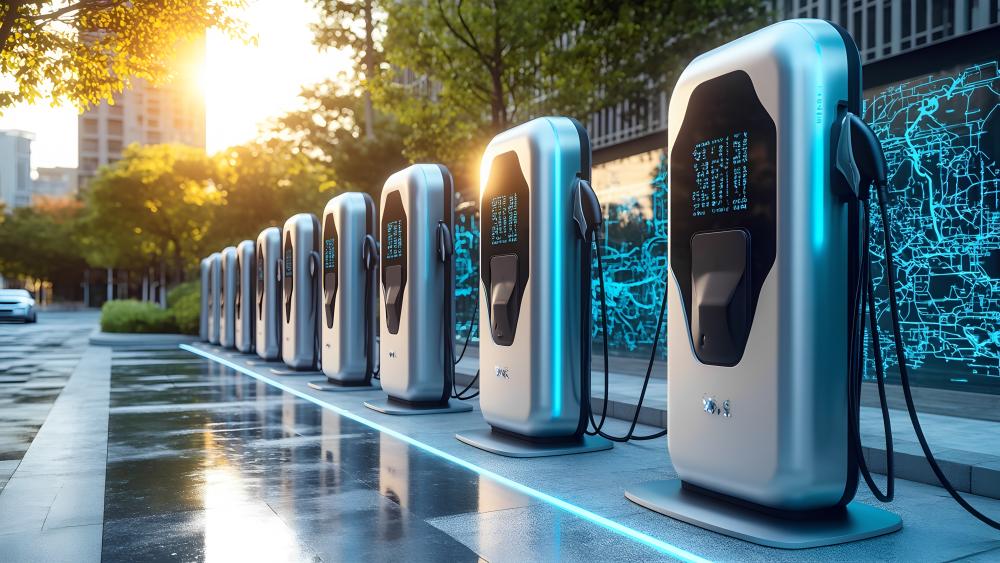
Market and Policy Synergy
China's NEV industry has entered a stable development phase driven by market demand and policy guidance. The 2024 production and sales of NEVs exceeded 10 million units, accounting for 65% of global production. This achievement is attributed to the synergistic effect of policy continuity and market scale[2][3].
International Cooperation and Ecological Co-construction
China is not only a leader in NEV technology but also a global influencer. The forum emphasized the importance of synchronizing "going out" and "bringing in" service support systems, enhancing international cooperation, and jointly driving global automotive industry transformation. China's model of NEV development is regarded as a valuable reference for other countries, especially in regions like Southeast Asia, where countries such as Thailand are significantly increasing their electric vehicle production with the help of Chinese enterprises[2][4].
Future Outlook
Looking ahead, China will continue to drive NEV development through innovation, policy guidance, and market cultivation. The industry is expected to see further technological advancements, ecological cooperation, and enhanced international collaboration. By 2030, it is predicted that 60% of new car sales globally need to be NEVs to meet the Paris Agreement's long-term goals, and China's current trajectory makes it a leader in this global transition[2][4].
Implications for Overseas Buyers
For car buyers in the Middle East and Africa, China's advancements in NEV technology present several opportunities:
- Advanced Technology: Chinese NEVs are now equipped with cutting-edge technologies such as AI, autonomous driving, and advanced battery systems, making them highly competitive in the global market.
- Policy Support: The Chinese government's continuous support policies ensure a stable and favorable environment for the development and export of NEVs.
- International Cooperation: China's cooperation with other countries in the region can facilitate the import and adoption of NEVs, providing access to high-quality, technologically advanced vehicles.
As of March 2025, China's NEV market has seen significant growth:
- Sales and Production: NEV annual production and sales have exceeded 10 million units, with a market penetration rate of over 50% in new car sales[2][3].
- Charging Infrastructure: The number of charging facilities has grown by 49.1% year-over-year, reaching 12.818 million units by the end of 2024[1][3].
- Export and International Cooperation: Chinese car manufacturers are expanding their presence globally, with significant investments and partnerships in countries like Thailand, making China a key player in the global NEV market[4].
Conclusion
China's NEV market is poised for continued high-quality development, driven by technological innovation, policy support, and international cooperation. As the industry grows, it offers compelling opportunities for overseas buyers and investors looking to leverage China's advancements in electric and intelligent vehicles.
**Translated and restructured by TopUsedCars.com journalist Xiao Mi**
```



